Working hours
Mon - Fri: 8am to 5pm
Mon - Fri: 8am to 5pm
Share
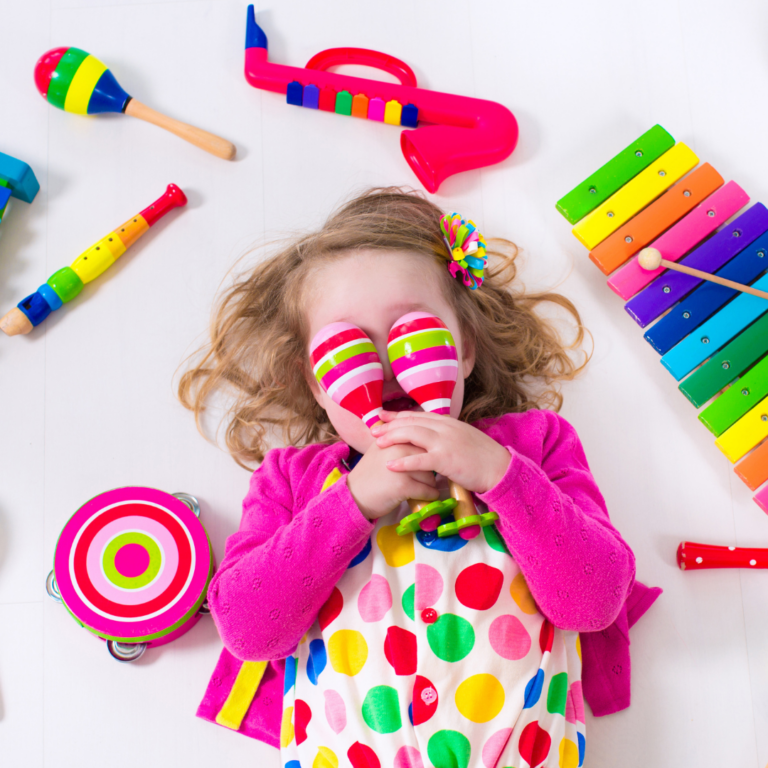
Music and movement are not just fun activities for children; they are foundational elements of early learning that support a range of developmental areas.
But have you ever considered how your team’s personal experiences with these activities, both as children and as educators, shape their confidence and creativity in the classroom?
Understanding these experiences is crucial, as they play a significant role in how your team approaches music and movement in their teaching practices.
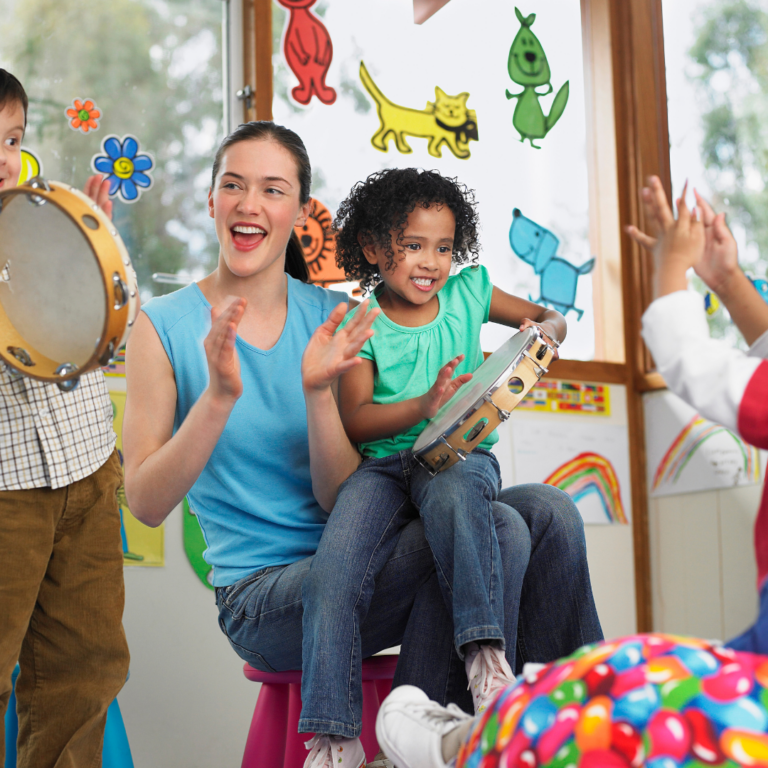
Many of us have cherished memories of participating in music and movement sessions during childhood.
These experiences often foster a lifelong appreciation for creativity and self-expression.
However, as adults, the journey to becoming confident educators in these areas can be fraught with challenges, especially if previous experiences were negative or anxiety-inducing.
It’s important to recognise that your team’s history with music and movement will directly influence their approach today.
For those, who have had negative experiences, addressing these in their personal development plans is essential.
By doing so, you can help them build the confidence they need to effectively, integrate these activities into their teaching.
Every educator brings a unique set of experiences and perspectives to the table.
To create a supportive environment, it’s important to start by discussing each team member’s memories and, past experiences with music and movement.
These conversations can reveal deep-seated feelings about these activities, often without them even realising it.
Positive memories serve as a powerful source of inspiration, to recreate similarly engaging experiences for the children. On the other hand, if a team member has negative memories, take the time to explore what factors contributed to those feelings.
This insight can be invaluable in helping them approach these activities in a new, more positive light.
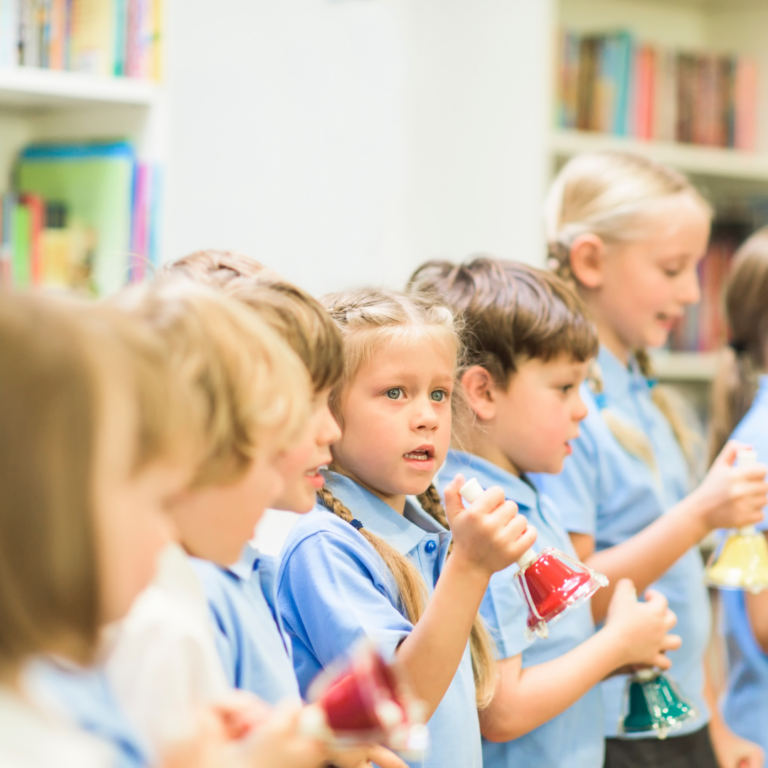
Understanding the developmental benefits of music and movement is critical.
These activities are not just about keeping children entertained; they play a vital role in fostering cognitive, emotional, and physical development.
When they fully understand the “Why”, behind music and movement, they are more likely to be enthusiastic about embracing these activities.
It will motivate them to find creative ways to integrate this into your pedagogy and curriculum, ensuring that these practices are aligned with your educational goals.
In some educational settings, there may be resistance to incorporating more structured activities like music and movement. However, it’s possible to blend these activities with your existing pedagogy in a way that feels authentic and beneficial.
Engage your team in discussions about how movement, music, and creative role-play can be woven into the fabric of your current practices. Highlight research that supports the benefits of combining child-led and guided play.
These discussions can help your team understand that while one size doesn’t fit all, adapting activities to suit individual children’s needs can enhance learning outcomes and foster a more inclusive environment.
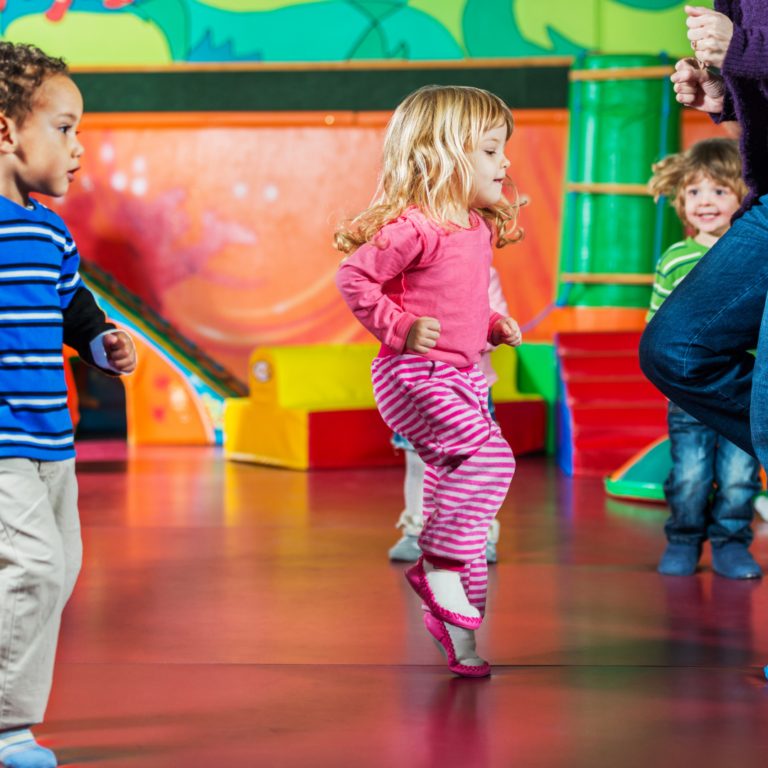
For those team members who are less enthusiastic about music and movement, finding ways to make these activities enjoyable is key.
When educators have fun, their energy is contagious, and this positivity naturally transfers to the children.
Consider pairing less confident team members with those with more experience and enthusiasm for these activities. Mentorship can be incredibly effective in building confidence and developing new skills.
Additionally, providing access to high-quality training and resources tailored to your team’s needs is essential. Remember, if the team isn’t “feeling it,” the children won’t either. Therefore, ensuring that your team is engaged and motivated is critical to the success of any music and movement initiative.
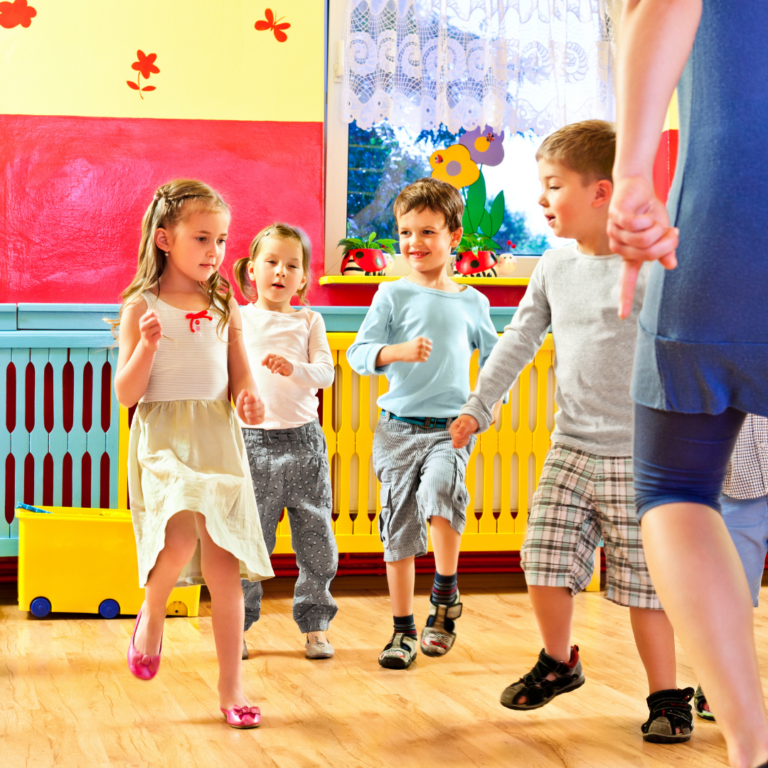
It’s well-known that children learn best when they play and have fun. But adults are no different – they, too, need to enjoy the learning process for it to be effective.
Creativity is not a natural trait for everyone, but it is a skill that can be nurtured and developed over time.
By fostering a fun, playful atmosphere where your team feels encouraged to experiment and express themselves, you are laying the groundwork for a more dynamic and creative learning environment.
Just as children thrive in environments that nurture their curiosity and creativity, so too do adults. When your team feels supported and inspired, they are more likely to engage in professional development and implement new knowledge in their teaching practices.
Supporting your team in integrating music and movement into their teaching is not a one-time task.
As team dynamics shift and new members join, your approach to training and confidence-building must evolve.
Regular check-ins and ongoing support are crucial to ensure your team remains motivated and effective. Keep in mind that the needs of your team will change over time, and staying attuned to these changes will allow you to adapt your strategies accordingly.
Music and movement are universal languages that deeply impact emotional and cognitive development.
Research by Jeanette Bicknell at Dartmouth College suggests a shared dynamic structure between expressive music and movement, highlighting its evolutionary significance. This connection underscores the importance of these activities in early childhood education.
By exploring these connections, we gain a deeper appreciation for the role that music and movement have played – not just in our personal development but in the development of humanity.
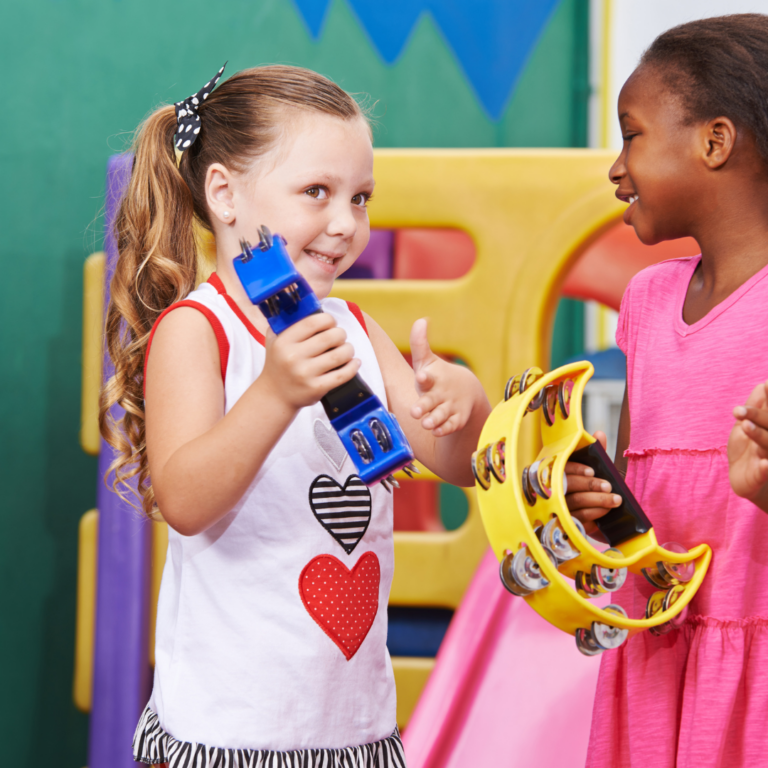
So, what are you waiting for?
Now is the time to find the music that sparks your team’s creativity and motivates them to engage with the children.
Remember, it’s not just children who enjoy role-play – sometimes, embracing your inner performer can lead to the most memorable and effective teaching moments.
Whether putting on a feather boa or lighting the glitter ball, encourage your team to have fun and let their creativity shine. After all, when educators are passionate and engaged, the children are more likely to be as well.
What’s stopping you from taking that leap and transforming your approach to music and movement in early childhood education?
Gina Bale is a movement expert who is passionate about creativity, imagination and movement in the early years.
She is also the founder of Little Magic Train.
email: [email protected]
With the ever-changing regulations and guidance, sign up to our monthly newsletter and mailings to stay current and keep up to date with running your childcare setting.
Simply enter your details below to join our mailing list.
By completing this form you are agreeing to our privacy policy You can unsubscribe at any time

Millennium House, High Street,
Studley, Warwickshire, B80 7HJ.